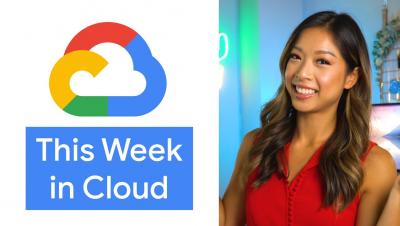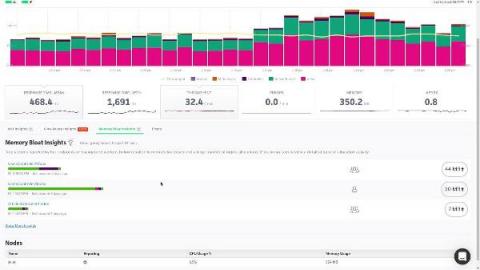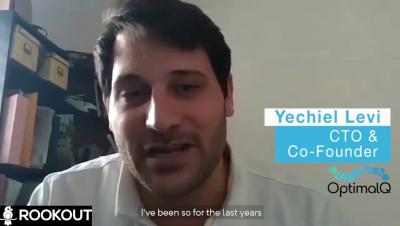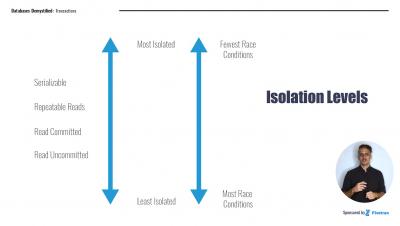Systems | Development | Analytics | API | Testing
%term
A Deep Dive into Selenium, Its Alternative Solution for 2020 and Beyond
Selenium was first released in the mid-2000s as a Web browser extension for recording and playing back interactions with Web browsers. Since then, it has become arguably the most popular tool for test automation. In a survey of the automation testing community, the framework has been used by more than 80% of those surveyed. Selenium is an open-source framework for Web-based application automation that includes Selenium WebDriver, Selenium IDE, and Selenium Grid.
Community Roundup: May 15 - June 15
We’re back with a new and slightly longer version of the Community Roundup, everyone! A lot has been going on in the past few weeks — let’s dive in and see what we have in store this time.
Video: Identifying Memory Bloat
In this video, we are going to take a look at what memory bloat is, and how you can use Scout to eliminate it from your applications. Memory related performance issues have the potential to bring your entire application down, and yet, most APMs completely ignore this fact and fail to provide any useful way of monitoring memory usage at all.
The Cost of Your Legacy System
Are Your Machine Learning Models Wrong?
In addition to the very real negative impact on every person around the world, the COVID-19 pandemic is driving business disruptions and closures at an unprecedented scale. Enormous government stimulus programs are resulting in explosions in fiscal deficits, regulators are relaxing capital constraints on banks and central banks are supporting economic stability with a range of interest rate cuts and other stimulus measures.
5 Challenges of Building Data Applications
Fast-growing software companies are building data applications for a variety of uses, from marketing apps that provide customer insights, to IoT apps that handle device feedback, and data analytics apps that process both historical and near real-time data. But developers often face obstacles when building, designing, and supporting applications that need to parse large volumes of information.











